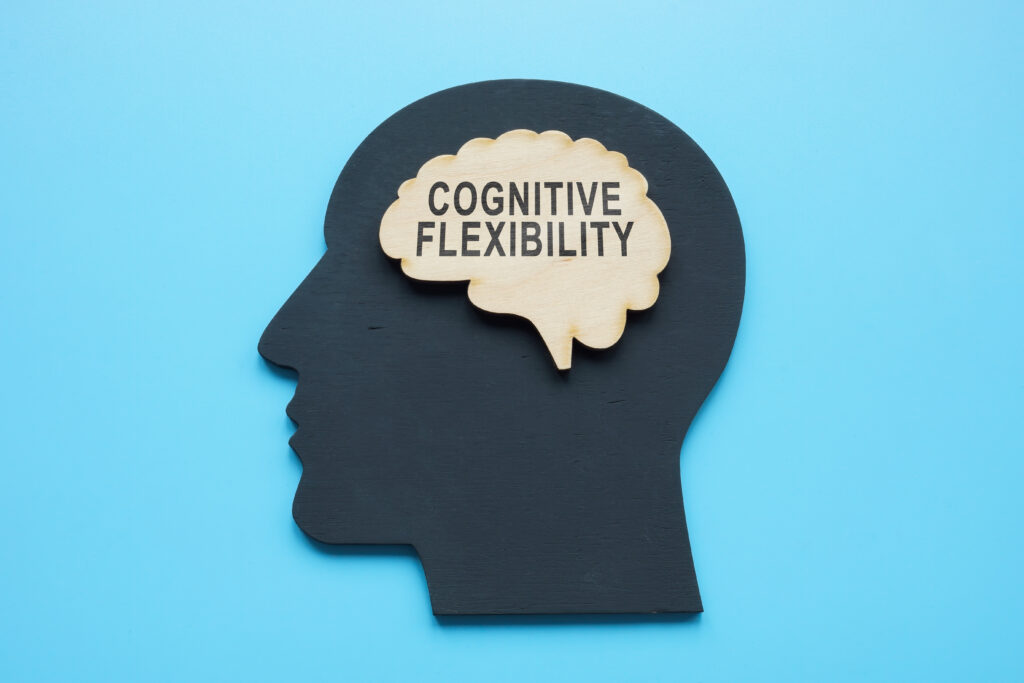As we age, our bodies and minds go through many changes. One of the most common changes in older adults is dementia, a decline in cognitive function that affects memory, thinking, and behavior. Dementia can be a challenging condition to manage, both for the person experiencing it and their caregivers. One particular behavior that can be challenging for caregivers to handle is sundowning, also known as “sundown syndrome.” In this article, we will discuss what sundowning is and provide tips for managing it in dementia patients.
What is Sundowning?
Sundowning refers to the increased confusion, agitation, and restlessness that some people with dementia experience in the late afternoon and evening hours. It is estimated that about 20% of people with dementia experience sundowning, and it can be distressing for both the patient and their caregiver. The exact cause of sundowning is unknown, but it is believed to be linked to changes in the brain that disrupt the body’s internal clock, making it difficult for the person to distinguish between day and night.
Symptoms of Sundowning
Sundowning can manifest differently in each person, but here are some common symptoms to look out for:
1. Increased agitation and irritability
2. Confusion and disorientation
3. Restlessness and pacing
4. Difficulty sleeping
5. Hallucinations or delusions
6. Changes in mood or behavior
7. Aggression or physical outbursts
8. Increased anxiety or fearfulness
Tips for Managing Sundowning
1. Establish a routine: People with dementia thrive on structure and routine. Try to establish a daily routine that includes regular meal times, activities, and bedtime. This will help the person feel more secure and reduce confusion.
2. Create a calm environment: The environment can greatly affect a person’s behavior, especially for those with dementia. Create a calm and peaceful environment by keeping noise levels low, dimming bright lights, and playing soft music. This will help the person feel more relaxed and less agitated.
3. Plan activities earlier in the day: As sundowning tends to occur in the late afternoon and evening, it is best to plan stimulating activities earlier in the day when the person with dementia is more alert and less fatigued. This will help prevent overstimulation and agitation later in the day.
4. Promote relaxation techniques: Encourage the person to engage in relaxation techniques such as deep breathing or listening to calming music. These techniques can help reduce anxiety and promote a sense of calm.
5. Limit caffeine and sugar intake: Consuming too much caffeine or sugar can make a person with dementia more agitated and restless. It is best to limit their intake, especially in the late afternoon and evening.
6. Use nightlights: People with dementia may become disoriented and confused in the dark, leading to increased anxiety or fearfulness. Using nightlights around the house can help them navigate their surroundings more easily.
7. Keep a journal: Keep a journal to track when sundowning occurs, what triggers it, and how long it lasts. This information can help you identify patterns and develop strategies to manage it better.
8. Seek medical advice: If sundowning is becoming unmanageable or significantly impacting the person’s daily life, it is essential to seek medical advice. A doctor may be able to prescribe medication or suggest other treatments that can help alleviate the symptoms.
9. Take care of yourself: Caring for someone with dementia can be mentally and physically draining. It is crucial to take care of yourself and seek support from family, friends, or support groups. Remember, you cannot give your best care if you are exhausted and overwhelmed.
In conclusion, managing sundowning in dementia patients can be challenging, but with patience and understanding, it can be effectively managed. By establishing a routine, creating a calm environment, and promoting relaxation techniques, you can help reduce sundowning symptoms in your loved one. Remember to seek medical advice if needed, and take care of yourself as well. With proper management, sundowning can become more manageable for both the patient and their caregivers.


